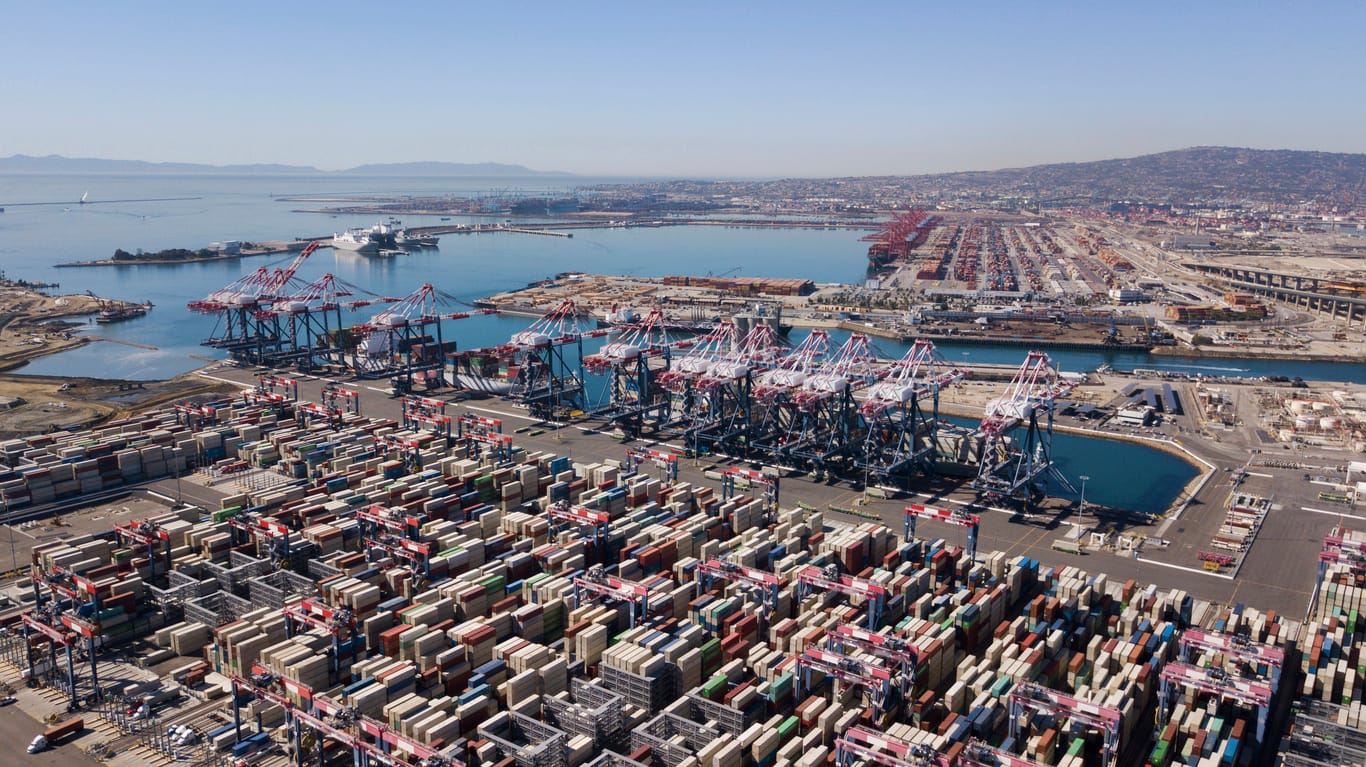Community invited to help shape Redlands Unified’s school funding priorities
LCAP survey seeks input on how to spend state education funds; open through Dec. 17. Survey link below.
Unemployment in the Inland empire rises to 5.3%, with a loss in logistics jobs for the sixth straight month.

INLAND EMPIRE, Calif. — The Inland Empire is a national hub for the warehouse industry, yet June marked the sixth straight month of job losses in the sector. The area saw a decline of 900 transportation and logistics jobs last month, according to a monthly analysis conducted by Inland Economic Growth and Opportunity (IEGO).
The transportation and warehousing sector, which includes jobs in shipping, distribution and fulfillment centers, has added 47,000 jobs in the last five years. But in 2025 alone, 26,000 jobs have disappeared from the sector.
To understand how this shift came about, IEGO looked to shifting port traffic activity. The Port of Los Angeles recently reported record-high traffic with a 7.8% increase over the year, a possible result of companies rushing to import goods ahead of expected tariffs with China. Meanwhile, the nearby Port of Long Beach reported a 16% drop in traffic compared to June 2024. Combined, the two ports handled 4.6% fewer goods in June 2025 compared to the same time last year, signaling an overall slowdown in regional goods movement.

Warehouse vacancy rates in the Inland Empire are also ticking up with a 7% increase from last quarter, according to CBRE Inland Empire Industrial 2nd quarter report.
That steady decline in logistics jobs is helping to push the region’s unemployment rate up. In June, the Inland Empire’s unemployment rate jumped to 5.3%, up from 4.7% in May. This 0.6% increase is larger than the California unemployment rate change (+0.1%) and ran counter to the national unemployment rate which dropped slightly to 4.1% in June.
The Inland Empire labor force grew by 700 people in June, but that growth was outpaced by a surge in job seekers. Nearly 25,000 more residents reported being unemployed, while the number of employed workers dropped by 24,000.
Though the region posted a net loss of just 100 jobs, that’s a significant shift from May, when the Inland Empire added 4,600 jobs. On average, the region typically sheds more than 4,600 jobs between May and June due to seasonal trends. This year’s losses were milder than usual, but still reflect a troubling realignment in certain sectors.
The biggest job lost happened in the Administrative and Support and Waste and Remediation Services sector which lost 2,100 jobs—nearly double what’s typical for this time of year. Private education lost 900 jobs.
Some industries did grow this month despite the overall decline. Construction led the way, adding 1,700 jobs, followed by government and food service jobs, which each added 1,100 positions.
In Redlands, the top occupations for residents according to city data are health practices, education, management, office/administration and sales—industries sectors that have all faced job losses.
The next most popular industry is transportation and moving, with a labor force of 2,736 people in Redlands.
“June’s data confirms what we’ve seen over the last six months — the Inland Empire’s economy is holding steady, but the gains remain uneven,” said Matt Mena, executive director of Inland Economic Growth and Opportunity.
Economists at CBRE echoed a similar note of caution in their second-quarter 2025 report, stating that “policy announcements and the news cycle—not economic fundamentals—are driving sentiment today.” While key indicators suggest the economy remains stable, both consumer and business confidence continue to lag—largely due to uncertainty surrounding international trade and potential tariffs.
“The Inland Empire is directly impacted by shifting trade policies,” the report noted, “as imports through the San Pedro Bay port complex feed directly into the big-box distribution centers across the region.”
It’s still unclear whether this trend will level out or signal a long-term shift in the region’s economy. But if job losses continue in key industries that support Redlands and the broader area, residents looking for work may face an increasingly competitive market.
Sign up for our weekly newsletter